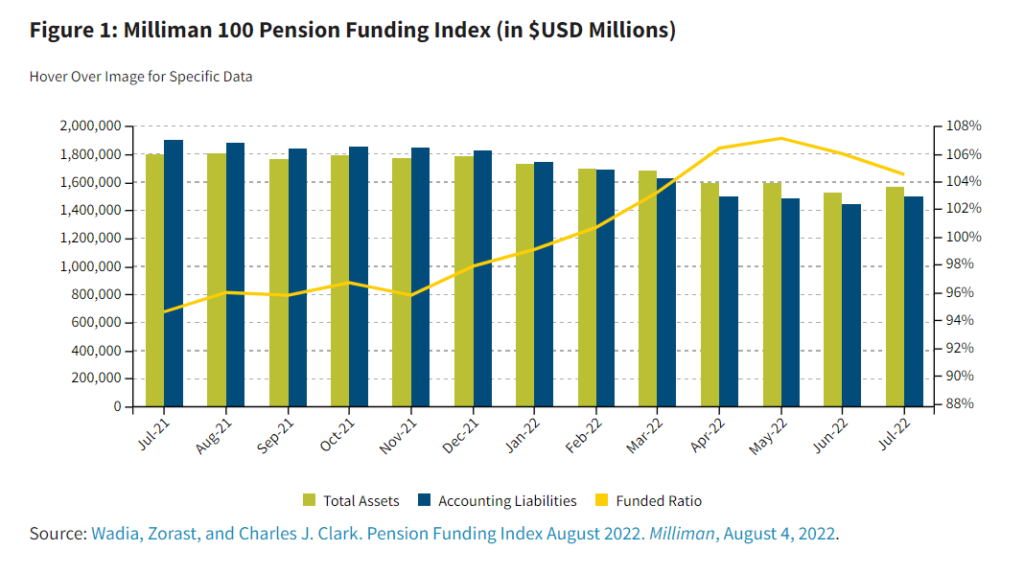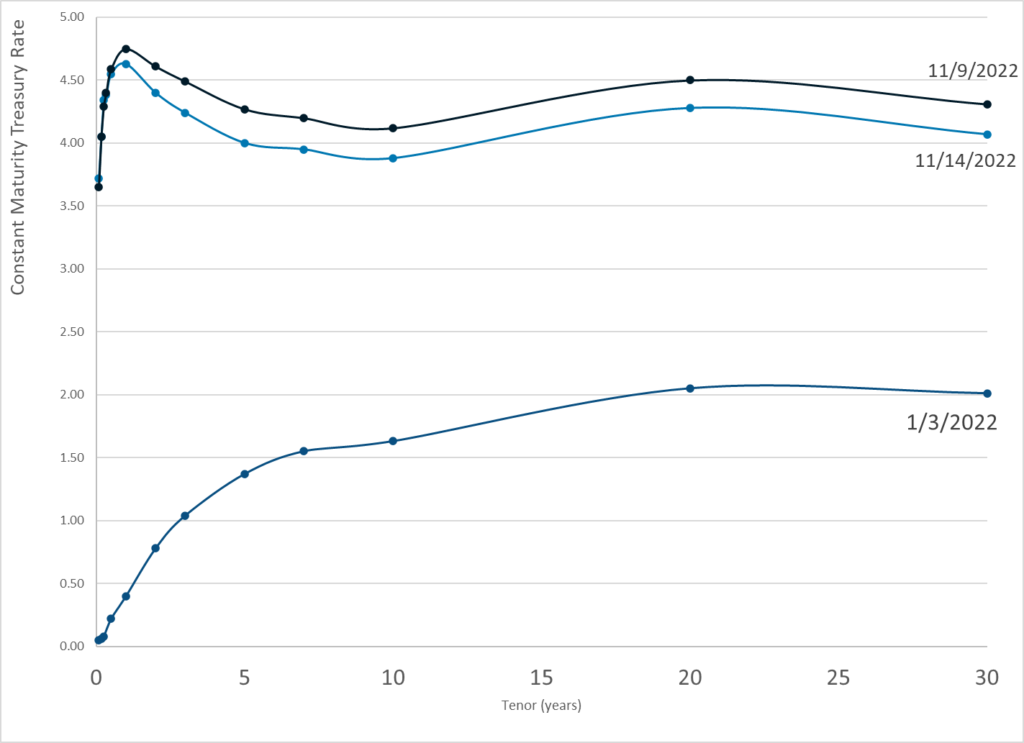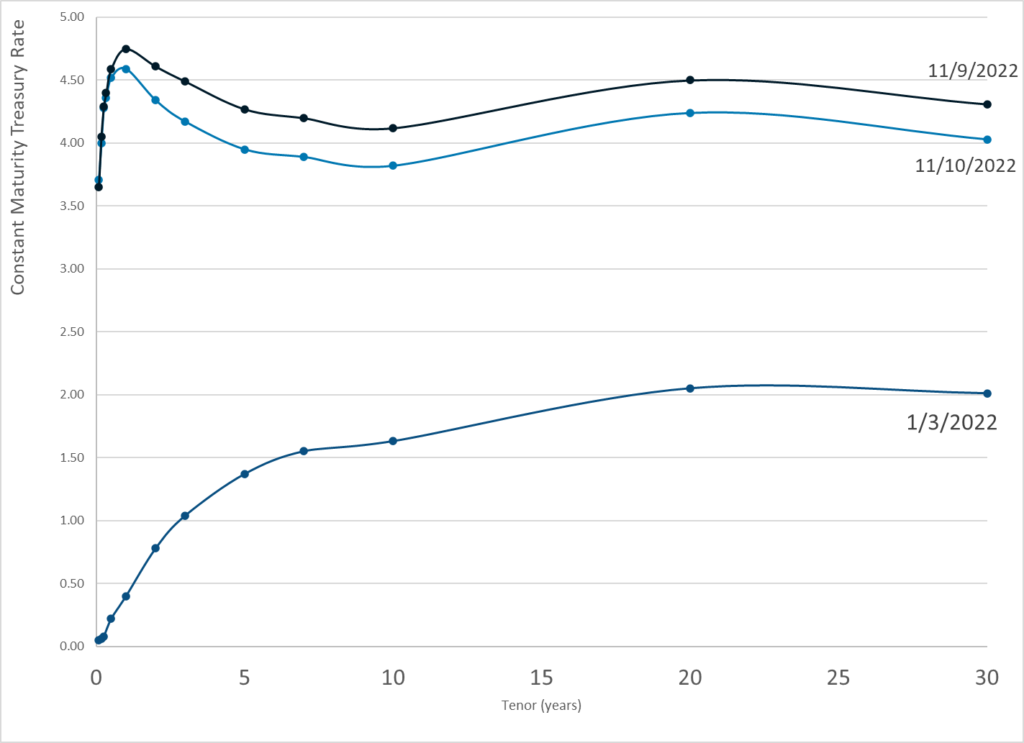Link: https://www.bloomberg.com/opinion/articles/2022-11-01/people-will-pay-for-illiquidity
Excerpt:
Adding liquidity is, conventionally, desirable. It reduces risk: If you can sell a thing easily, that makes it less risky to buy it, so you are more likely to commit capital to the thing. It increases demand: If only a few rich people can buy a thing with great difficulty, it will probably have a lower price than if everyone can buy a share of it easily. It improves transparency and makes prices more efficient. Also, financial innovation tends to be done by banks and other financial intermediaries, and their goal is pretty much to do more intermediation. More liquidity means more trading, which means more profits for banks.
Another, funnier sort of financial innovation is about subtracting liquidity. If you can buy and sell something whenever you want at a clearly observable market price, that is efficient, sure, but it can also be annoying.
….
Or we have talked about a fun post from Cliff Asness titled “ The Illiquidity Discount,” in which he argues that private equity is essentially in the business of selling illiquidity. If you are a big institution and you buy stocks in public companies, the stocks might go down, and you will be sad for various reasons. You might be tempted to sell at the wrong time. You will have to report your results to your stakeholders, and if the stocks went down those results will be bad and you will get yelled at or fired. Whereas if you put your money in a private equity fund, it will buy whole public companies and take them private, and then you won’t know what the stock price is and won’t be able to sell. The private equity fund will send you periodic reports about the values of your investments, but those values won’t necessarily move that much with public-market stock prices: The fund will base its valuations on its estimates of long-term cash flows, and those will not change from day to day. By being illiquid, the private equity fund can look less volatile. Getting similar returns with less volatility is good; getting similar returns and feeling like you have less volatility also might be good.[4] Asness writes:
If people get that PE is truly volatile but you just don’t see it, what’s all the excitement about? Well, big time multi-year illiquidity and its oft-accompanying pricing opacity may actually be a feature not a bug! Liquid, accurately priced investments let you know precisely how volatile they are and they smack you in the face with it. What if many investors actually realize that this accurate and timely information will make them worse investors as they’ll use that liquidity to panic and redeem at the worst times? What if illiquid, very infrequently and inaccurately priced investments made them better investors as essentially it allows them to ignore such investments given low measured volatility and very modest paper drawdowns? “Ignore” in this case equals “stick with through harrowing times when you might sell if you had to face up to the full losses.” What if investors are simply smart enough to know that they can take on a lot more risk (true long-term risk) if it’s simply not shoved in their face every day (or multi-year period!)?
One objection to this sort of financial product — illiquidity provision — is that it does not generate a lot of transactions. If you work at a bank and you think of a product that will cause customers to trade bonds or houses or diamonds more often, then it is pretty easy to figure out how to make money from that product.
Author(s): Matt Levine
Publication Date: 1 Nov 2022
Publication Site: Bloomberg





